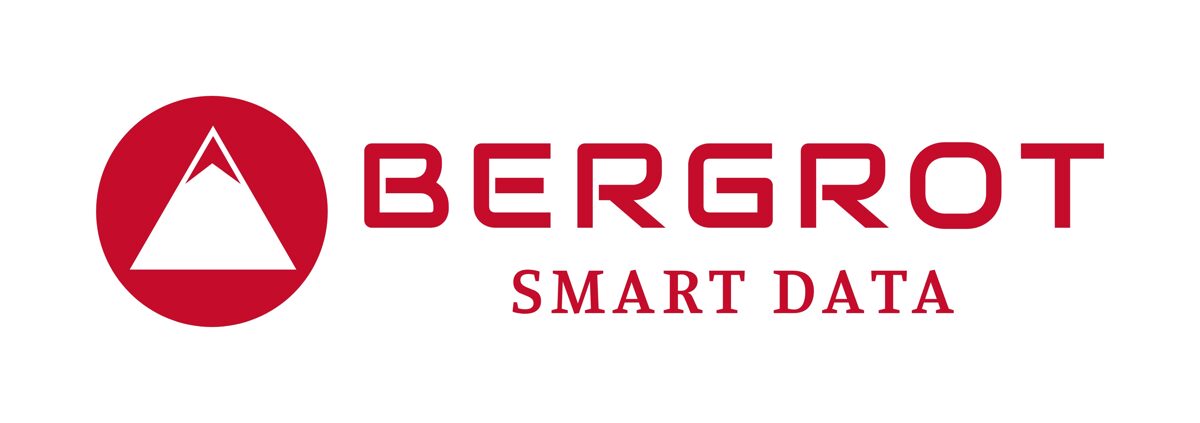applications of a.i. and machine learning to the needs of your business
We are experts in machine learning, data science, AI and software development and take care of your project from start to finish, from data preparation to scalable production deployment, updates and follow-ups. We analyse each case and create highly customised solutions aligned with your strategies and goals.
Our main goal is to help companies leverage their data to improve processes and results. Therefore, our services include the analysis of structured and unstructured data sets and their transformation into actionable information. If the need arises, we collect and integrate data from various existing or pre-defined sources for you:
- your DATA-Driven company
- Gain real insights from your data
- Predict future scenarios and reduce costs
- Make better decisions, faster
- Make the most of your time and resources
- Anticipate your customers' needs
- Improve the management of your business as a whole
